Stories: Down the Chain
Pareto - USA
How One Brand Uses the Power of Less to Rethink Fashion Sustainability
A decade spent working in the retail industry left Jess Landzberg and Olivia Bordson wondering about the impact of “more”. How the pressure to buy more clothes wastes women’s time and money. How the seasonal need for more products and profits complicates business models. And most importantly how this constant need for more in fashion hurts the environment, especially when most women only wear 20% of their wardrobe 80% of the time.
Landzberg and Bordson founded Pareto — a sustainable clothing brand that aims to simplify getting dressed — to challenge the retail industry’s emphasis on more. Below, we interview the two founders on how their company, their business model and their commitment to cotton might serve as a sustainability example to other fashion brands.
Q. Why did Pareto decide to become a Cotton LEADS℠ partner?
 A. We felt very passionate from day one that all of our products would be 100% cotton, because of the quality and environmental benefits. Cotton Inc. has been a tremendous resource for getting Pareto off the ground by helping us get up to speed and have a bank of knowledge in the cotton space.
A. We felt very passionate from day one that all of our products would be 100% cotton, because of the quality and environmental benefits. Cotton Inc. has been a tremendous resource for getting Pareto off the ground by helping us get up to speed and have a bank of knowledge in the cotton space.
We love that they promote sustainable U.S. cotton, and that just amplifies our choice of using cotton. The program also connects us to similar-minded businesses.
Q. How does Pareto approach sustainability differently than other fashion brands?
A. We’re building a brand where impact is inherent in the business model, including how garments are made and the quantity of what’s made. Most brands are not looking at quantity. No matter how sustainably made it is, every garment or product has a footprint. So, we focus on only making the best versions of the clothes women wear most.
When thinking about how garments are made, many brands are trying to address sustainability by integrating sustainable production methods into their supply chain. They’re limited in what they can do because they don’t have visibility into their entire supply chain. Their earliest connection is at the cut and sew house, and the garment goes through so much before getting there.
At Pareto we tackle all the components of the supply chain from farm to closet to make the most sustainable decisions at every stage.
Q. Why is the garment supply chain so important to sustainability?
A. A traceable supply chain is the only way to make the best product along quality, environmental and social criteria, because at every stage of your supply chain you make quality, environmental and social decisions. If you don’t have a traceable supply chain, you don’t know what decisions are made before you touch the product.
We control the fiber length and the quality of the cotton we have. We know the wastewater standards at the dyehouse. We have input on these types of decisions because we know the growers, spinners, knitters, dyers and sewers. Having a fully traceable supply chain unlocks our mission of making clothes that fit well, are durable and made sustainably.
Q. You say you know and work with every hand in your supply chain. How are you able to work so directly with your partners?
 A. Firstly, our supply chain is 100% in the U.S. That makes us have a smaller footprint and allows us to visit partners more often. It allows us to have a lot more one-on-one relationships and leverage the networks of partners we trust.
A. Firstly, our supply chain is 100% in the U.S. That makes us have a smaller footprint and allows us to visit partners more often. It allows us to have a lot more one-on-one relationships and leverage the networks of partners we trust.
But the bigger enabler is that we only release one product at a time. Most brands are putting out hundreds or even thousands of styles over a year, and selling for only six to eight weeks before the next set of styles comes in. Once our products are in our offering, they’re permanent. Our business model allows us to take the time and energy needed to have close partnerships. For most brands, it’s just too hard to put that time and energy into a garment that will only be there for six to eight weeks.
Q. How do you choose your supply chain partners? What kind of criteria do you set?
A. The biggest thing is whether they understand and believe in our mission. There’s a tendency for most brands when sourcing suppliers to jump into technical specifications and outputs, but we really want to see how they react to our vision. If they embrace it, then that filters down to the other criteria like whether they’re able to grow with us, whether there’s mutual trust and if they can deliver on our quality and sustainability missions.
It was initially hard to find the first cotton co-op, but once we found them they led to everyone else. That’s because it’s so important to them that they only work with and be associated with respectable partners, so they provide us with great leads.
Q. Where does Cotton LEADS℠ fit into your mission and your sustainability goals?
A. On a macro level, they’re helping us promote the benefits of cotton in a world that’s been dominated by synthetics. There’s this big misconception that if it’s comfortable it has to be synthetic. It can be an uphill battle to get past that misconception, and the Cotton LEADS℠ program has helped us to do that and promote cotton’s amazing benefits for quality and sustainability. They’ve served as our research and resource arm to help educate our customers and communities. They help make all the scientific content really digestible, so we can put our own brand spin on why it’s important.
In the future, we look forward to using their vast network to make connections to growers that are really pushing the boundaries of sustainable cotton production. People who are leading soil health or farm safety or conservation efforts. We believe the Cotton LEADS℠ partnership will be really important as we further advance our sustainability goals and bring our vision to life for our customers.
Q. You say the current model of “always more” is bad for brands. How do you think your model could scale up to be a big business?
A. The current retail model is based on more product more often, and that’s just not sustainable long term for anyone involved, brands, consumers, or the environment. We think about the levers of growth differently.
We’re obsessed with loyalty. It’s our main KPI, and though other brands measure it, it’s usually the one that takes the back burner. We want to build the wardrobe (clothing, footwear, and accessories) with our customer over time. Ultimately we want to expand outside the wardrobe with this idea of “How do we make sustainable choices easy for our consumer across their entire life?” How can we get them the information in a way that’s transparent? We’ve set out to create the next legacy brand that spans across genders, product categories and different personal styles.
Creating garments with a natural, sustainable fiber has been essential to Pareto’s mission as a sustainable fashion brand. Their Cotton LEADS℠ partnership helps them communicate the many ways that cotton continues to become a more efficient and environmentally sustainable crop, and also helps Pareto engage the kind of supply chain partners that will expand their brand and sustainability mission. Consider becoming a Cotton LEADS℠ partner today.


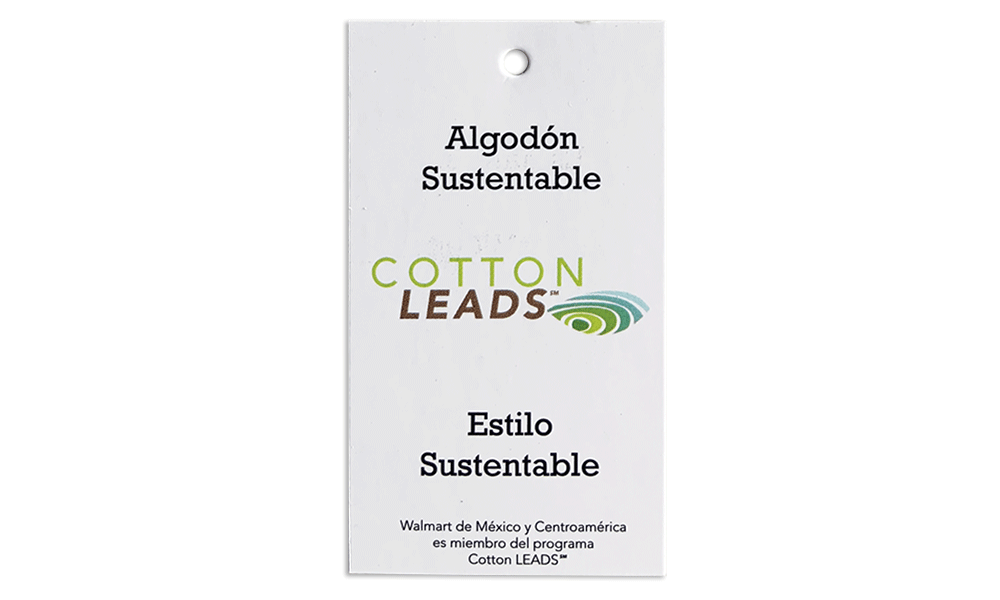



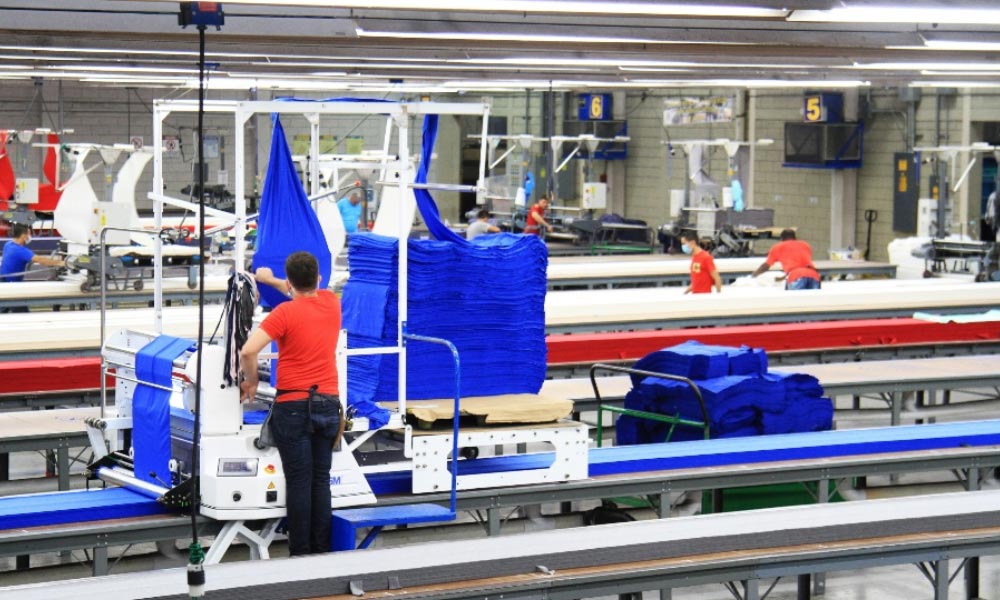
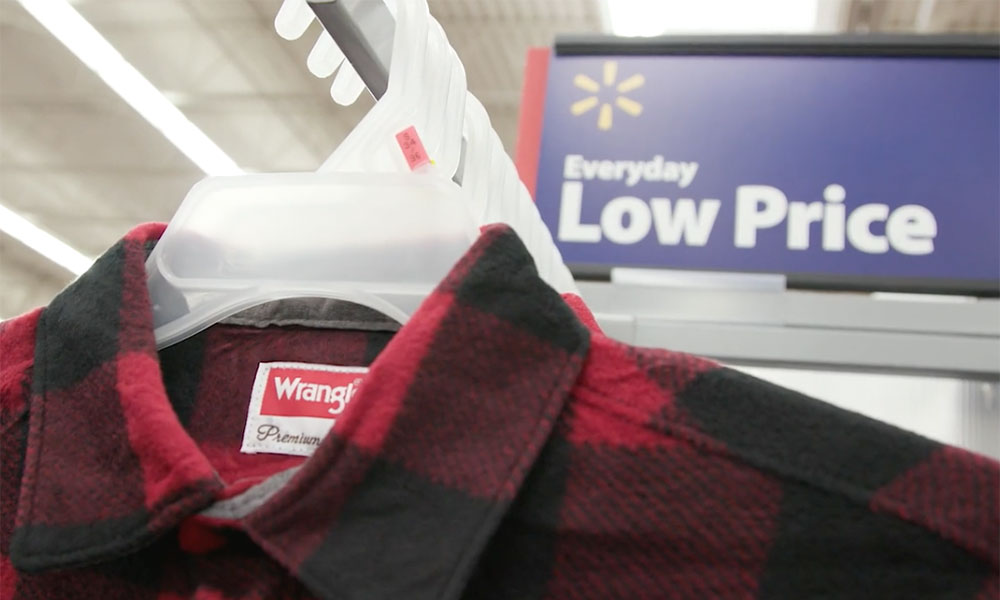
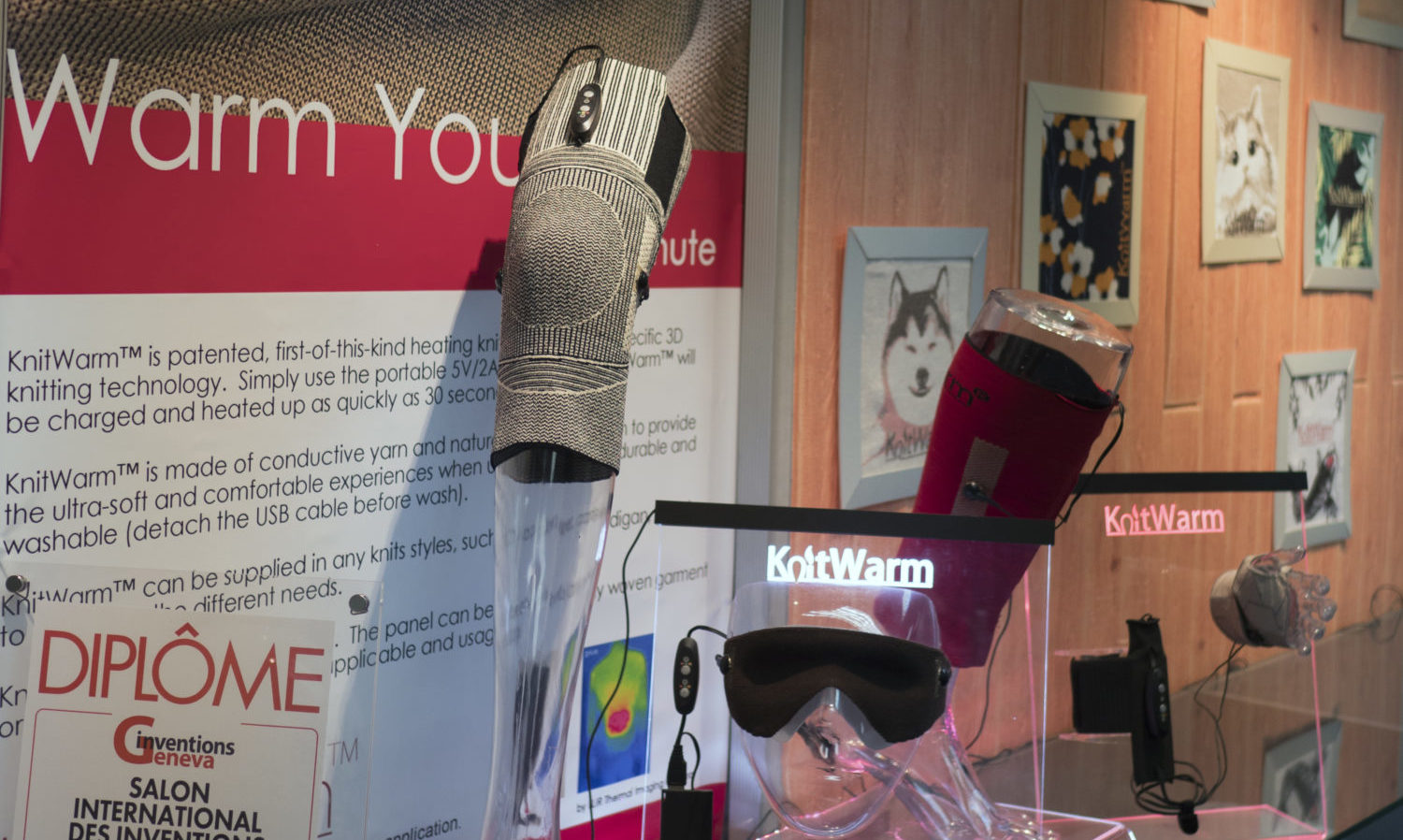
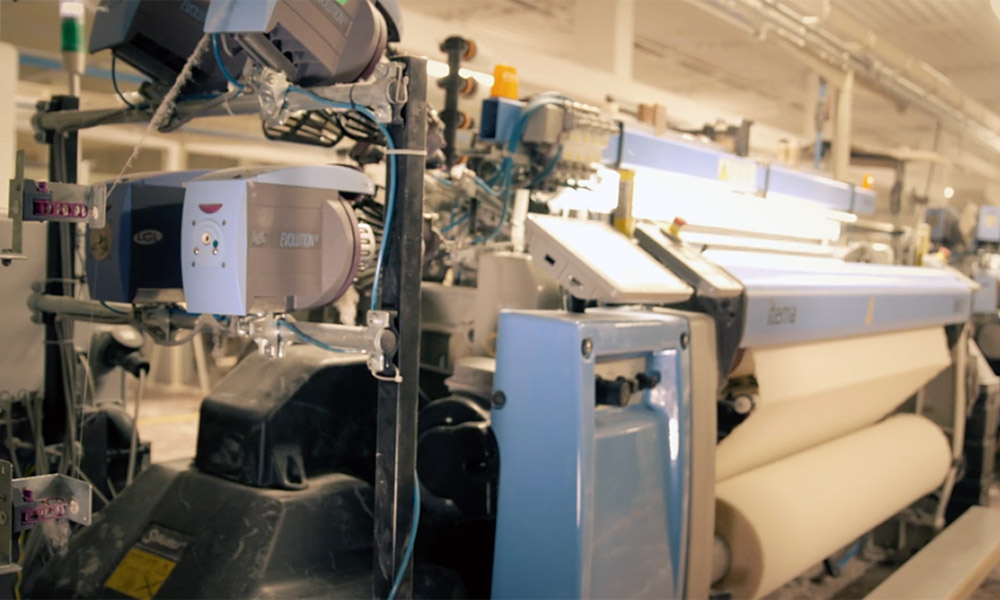

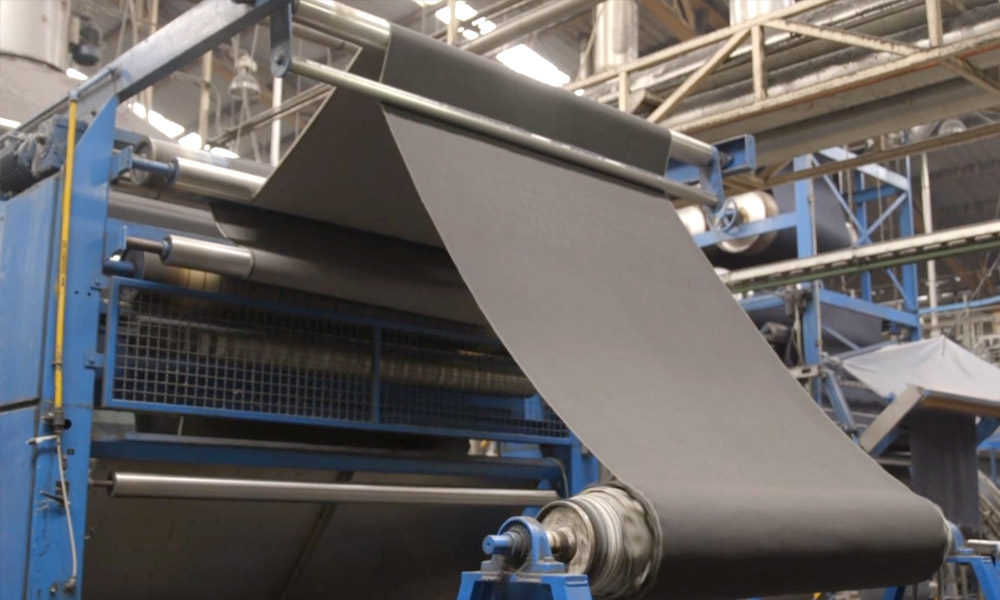
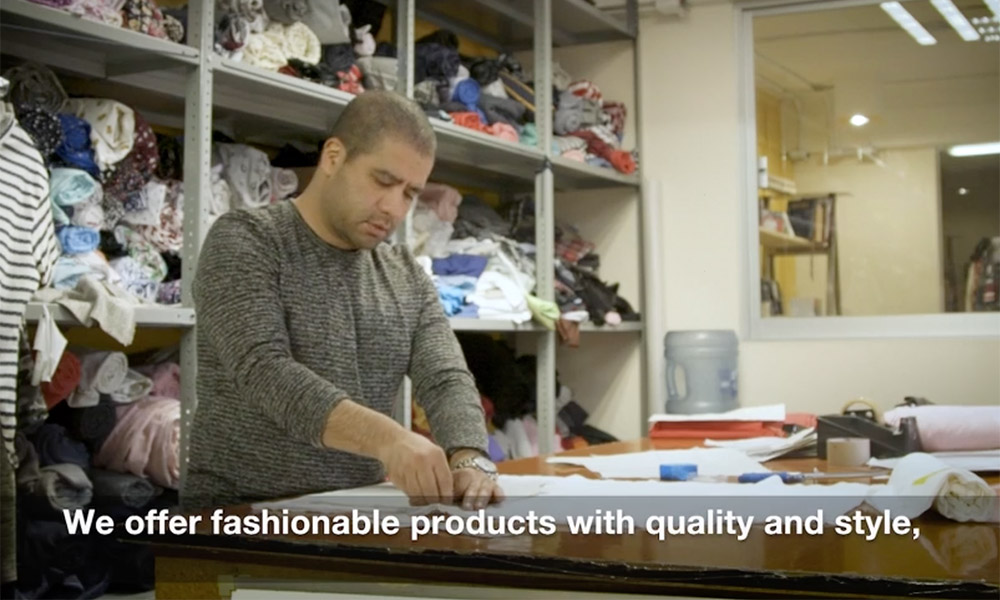
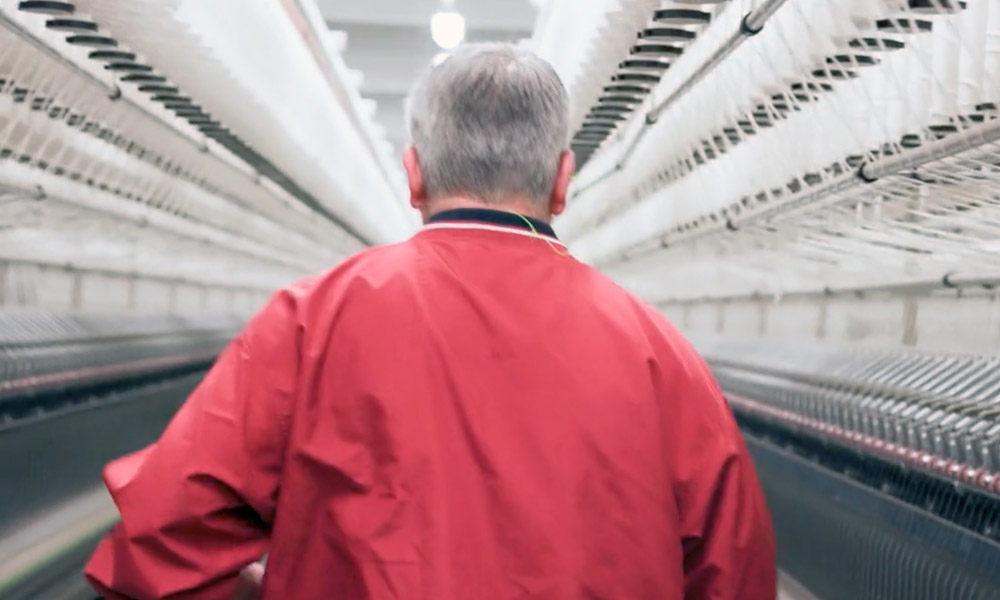

Recent Comments